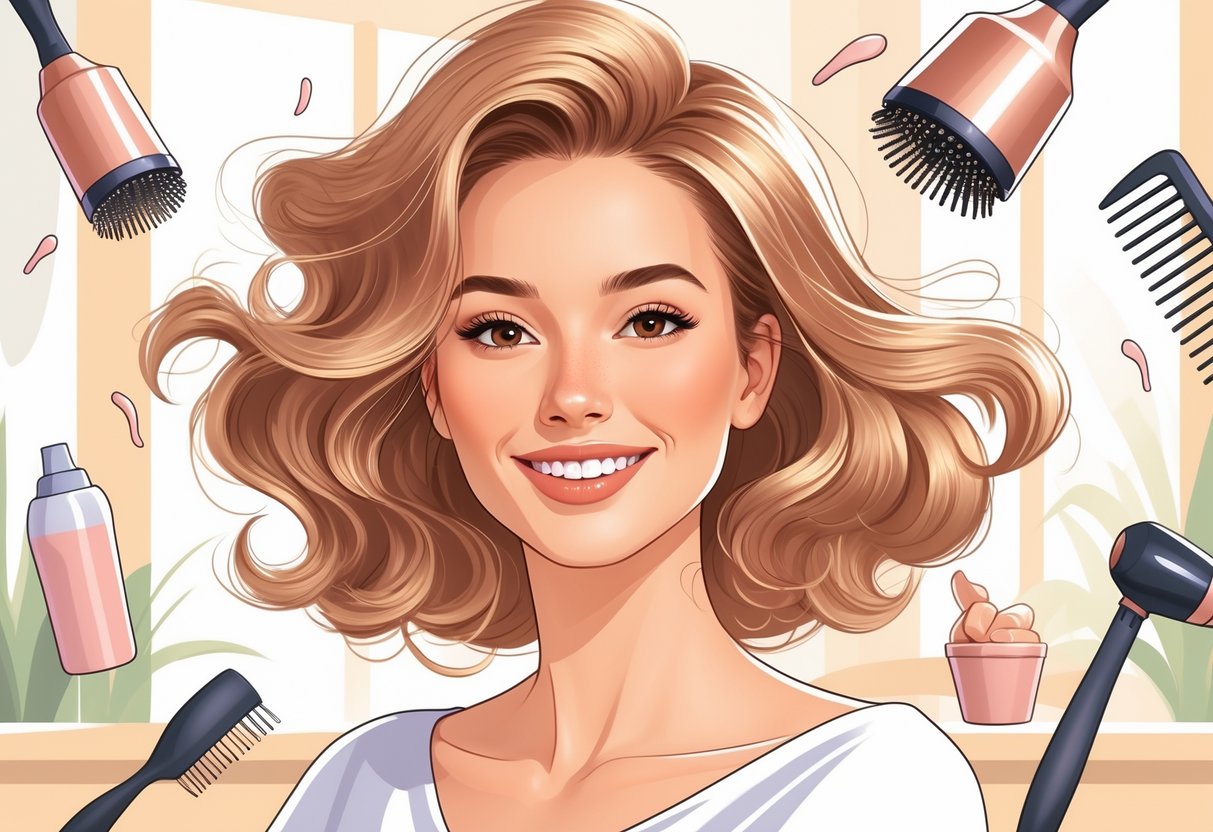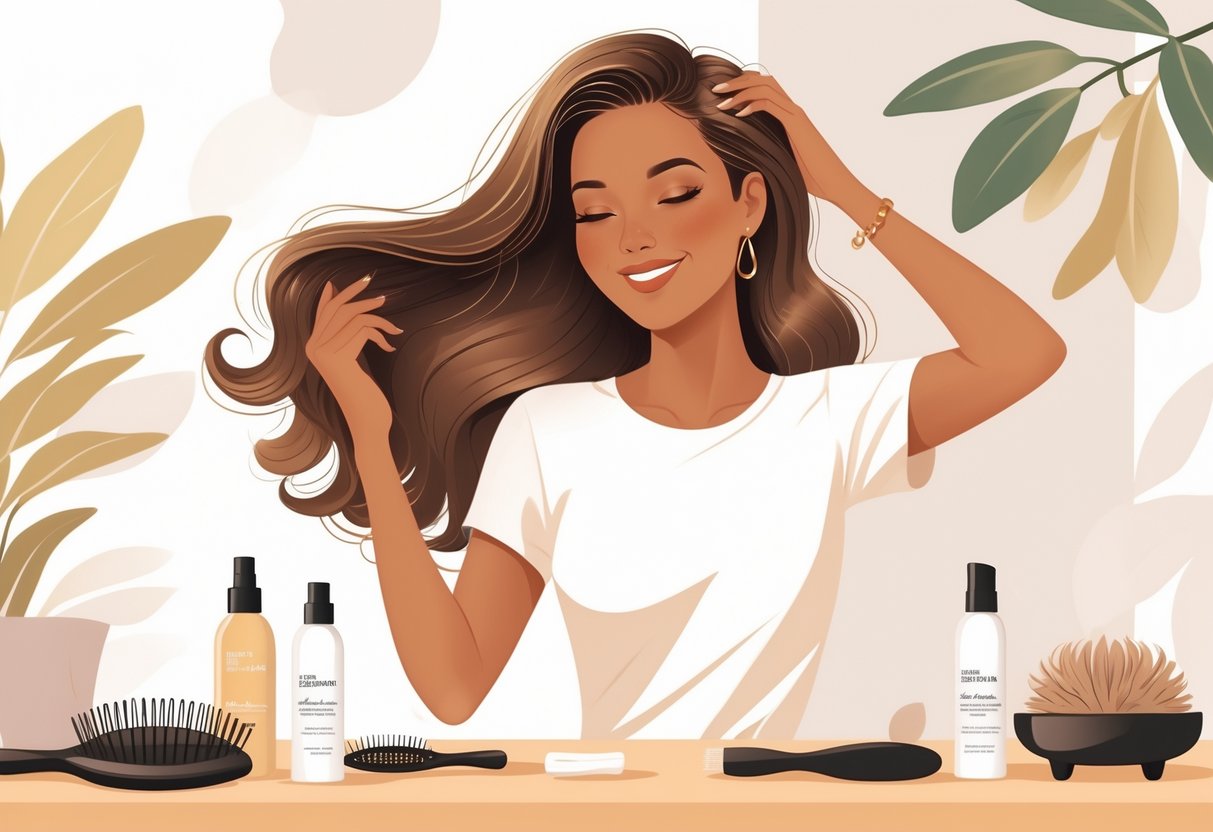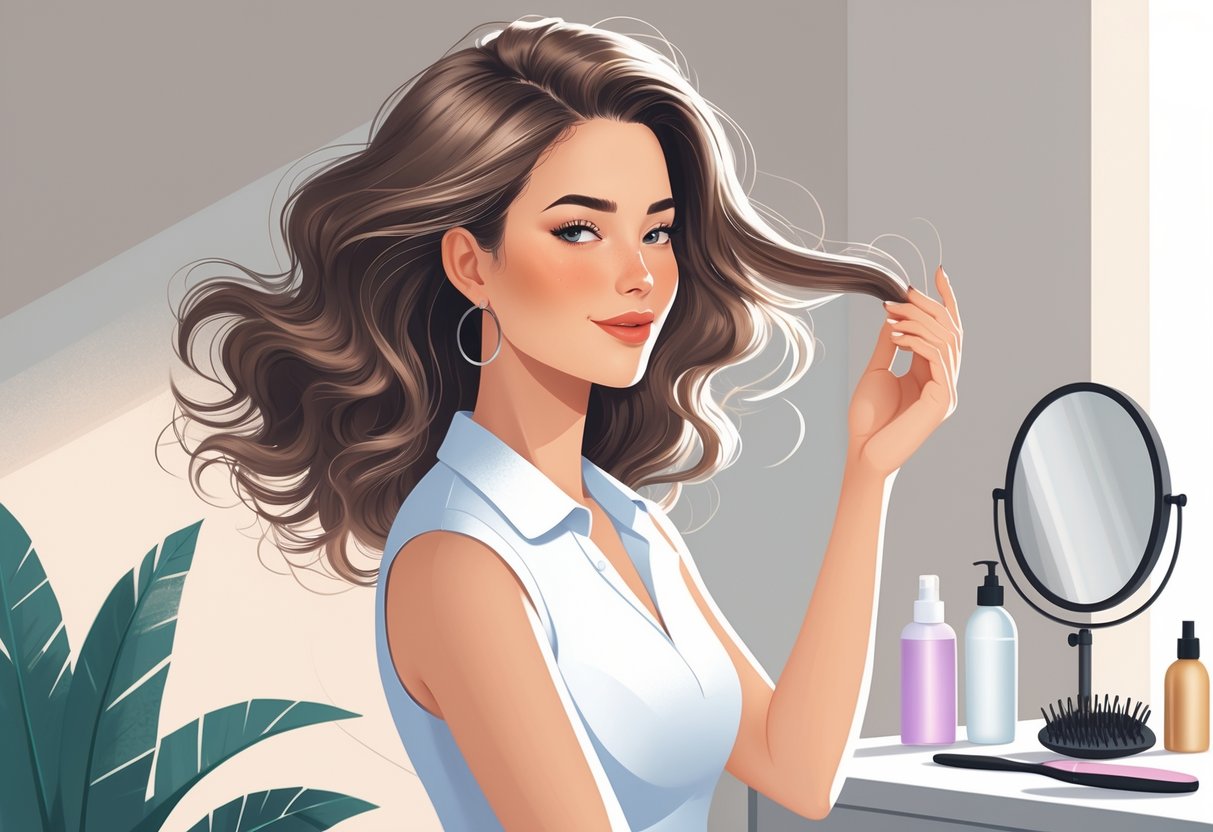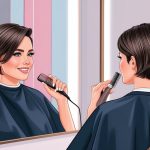
Long-Term Habits to Sustain Volume and Texture

Achieving long-lasting volume and texture in fine hair requires sustained changes in daily routines. Focusing on personalized hair care strategies and thoughtful product application helps keep hair looking fuller and healthier.
Diet and Lifestyle Influences
A diet that includes adequate protein, healthy fats, and essential vitamins directly impacts hair health and the ability to maintain volume. Foods rich in biotin, zinc, and iron—such as eggs, nuts, and leafy greens—support hair growth and provide the nutrients needed for stronger, fuller strands.
Hydration is just as important. Drinking plenty of water each day helps keep the scalp balanced and promotes elasticity, reducing the likelihood of hair becoming limp or brittle.
Quality sleep and stress management techniques, such as regular exercise or mindfulness practices, may also contribute to better scalp circulation and healthier hair follicles. Smokers or those exposed to high amounts of pollutants might experience more hair thinning.
Reducing these environmental factors can help retain thickness.
Consistency with Product Use
Establishing a consistent hair care routine using carefully selected products is vital for maintaining volume and texture. Fine hair often benefits from lightweight volumizing shampoos, conditioners, and styling products designed to lift at the roots without weighing strands down.
Incorporating texturizing sprays or mousses a few times a week can add structure and hold, especially if styling with heat tools or rollers. Experts recommend choosing volumizing products that match individual hair needs and applying them mainly to the roots and mid-lengths.
Overuse of heavy treatments or skipping steps in a hair care routine may lead to flatness or product buildup. Regular washing, gentle scalp massages, and mindful application routines support optimal volume for fine hair.
Frequently Asked Questions

What are the best techniques for adding volume to fine straight hair?
Fine straight hair benefits from using a volumizing mousse and blow-drying at the roots with a round brush. Flipping the head upside down while blow-drying can boost lift at the scalp.
Applying lightweight, residue-free products and avoiding heavy conditioners prevent hair from being weighed down. A layered haircut, especially at the crown, adds dimension and increases perceived fullness.
How can you increase hair volume for women using natural methods?
Maintaining healthy hydration by drinking plenty of water helps hair stay supple. Scalp massages can stimulate circulation and promote healthier hair growth.
Regular cleansing with a gentle shampoo prevents oil buildup, which keeps hair light and fluffy. Allowing hair to air dry partially before styling limits heat damage and helps preserve natural volume.
More natural tips can be found at this guide to adding volume and thickness.
Are there permanent solutions to add volume to thin hair?
Permanent options include hair extensions, keratin treatments, or certain long-lasting texturizing treatments. Some women consider semi-permanent solutions like perming for loose waves or curls, which can boost the appearance of thickness.
It’s important to consult a stylist about the risks, as some treatments may cause damage to fragile, fine hair over time.
What is the most effective way to achieve fullness at the crown of the hair?
Focusing blow-drying and volumizing products at the crown creates lift right where it’s needed. Backcombing small sections gently at the roots can add extra fullness, but should be done carefully to avoid breakage.
Strategic layer placement near the crown, combined with a root-lifting foam or spray, gives long-lasting volume. See more styling tips at this resource on fullness and body for thin, fine hair.
How can fine hair be styled to appear thicker and fuller?
Choosing a blunt cut or soft, graduated layers helps create the look of denser hair. Using lightweight volumizing products, such as mousses or thickening sprays, ensures the hair stays buoyant.
Blow-drying with a round brush, focusing on the roots and mid-lengths, prevents flatness. Gently tousling hair after styling can give a textured, airy finish.
What are the benefits and drawbacks of texturizing fine, thin hair?
Texturizing can help remove bulk and add movement, making fine hair appear livelier and thicker. Razor cuts or point-cutting methods help break up blunt lines, adding dimension.
However, excessive texturizing may leave ends looking thin or wispy. Consulting with a stylist about the right amount of texturizing for specific hair types is recommended.



